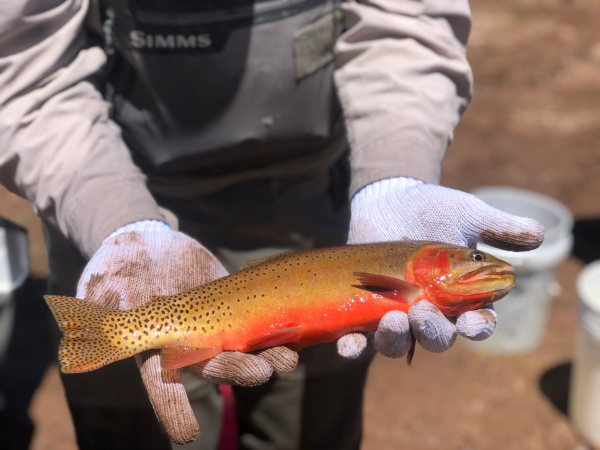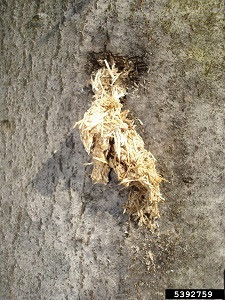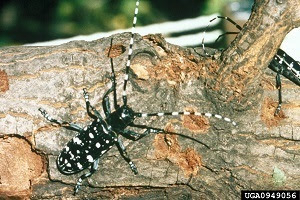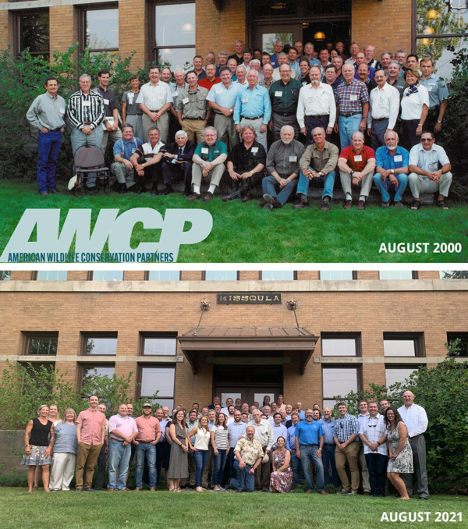NEWTOWN, CT— NSSF, the firearm industry trade association, rejects Mexico’s allegations that U.S. firearm manufacturers participated in negligent business practices. All firearms sold at retail within the United States are sold in accordance with federal and state laws, with an FBI background check and forms completed. Allegations of wholesale cross-border gun trafficking are patently and demonstrably false.
“These allegations are baseless. The Mexican government is responsible for the rampant crime and corruption within their own borders,” said Lawrence G. Keane, NSSF Senior Vice President and General Counsel. “Mexico’s criminal activity is a direct result of the illicit drug trade, human trafficking and organized crime cartels that plague Mexico’s citizens. It is these cartels that criminally misuse firearms illegally imported into Mexico or stolen from the Mexican military and law enforcement. Rather than seeking to scapegoat law-abiding American businesses, Mexican authorities must focus their efforts on bringing the cartels to justice. The Mexican government, which receives considerable aid from U.S. taxpayers, is solely responsible for enforcing its laws – including the country’s strict gun control laws – within their own borders.
“The American people through their elected officials decide the laws governing the lawful commerce in firearms in our country,” Keane added. “This lawsuit filed by an American gun control group representing Mexico is an affront to U.S. sovereignty and a threat to the Second Amendment rights of law-abiding Americans to keep and bear arms. A right denied to the Mexican people who are unable to defend themselves from the cartels.”
Less than 12 percent of the guns Mexico seized in 2008, for example, have been verified as coming from the U.S. In 2008, approximately 30,000 firearms were seized from criminals in Mexico. Of these 30,000, only 7,200 (24 percent) were submitted to the ATF for tracing. This is because only these firearms were likely to have come from the U.S., a determination made by the presence of a U.S.-mandated serial number and the firearm’s make and model – requirements under federal law as part of the Gun Control Act of 1968. Of the 7,200 firearms submitted for tracing, only about 4,000 (13 percent) could be traced by the ATF of which roughly 3,480 (12 percent) came from the U.S. Although 3,480 is approximately 90 percent of the firearms successfully traced, it is hardly the mythical 90 percent of the total firearms recovered.
Even the more accurate 12 percent figure overestimates the true number of firearms from the United States. The Woodrow Wilson International Center for Scholars (Mexico Institute) points out that many of the serial numbers submitted for tracing were submitted to the ATF multiple times, some as many as five times each. The ATF has noted that more than 20 percent of the firearms submitted for tracing are duplicates. With such errors distorting the statistics it is clear that even fewer than 12 percent of these firearms originated in the U.S. And of the small number that did come from the U.S., many did not come from retail firearm sales.
Furthermore, of those firearms successfully traced, on average they were sold at retail 14 years earlier and following an FBI background check. This dispels the notion often repeated by the press that there is a flood of recently purchased firearms heading into Mexico from the United States.
The U.S. government also sells firearms directly to the Mexican government. Mexican soldiers continue to defect to work for the drug cartels, taking their American-made service rifles with them. In recent years the number of defections has soared to more than 150,000. According to U.S. State Department cables, the most lethal weapons used by Mexican cartels come from Central American arsenals. Additionally, according to a 2006 report by Amnesty International, China was actively supplying arms to Latin American countries, which have subsequently been seized in Mexico.











